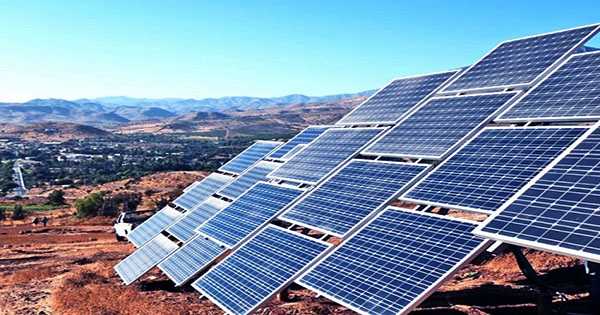Following the Russian strike on February 24, radiation levels in the abandoned city of Pripyat and the Chernobyl Nuclear Power Plant were higher than predicted. According to Reuters, this is owing to the presence of a massive military contingent pushing radioactive dust from the earth into the air, as stated by Ukraine’s nuclear agency and the interior ministry. The radiation level was not published. “Radiation levels begin to rise. For the time being, Kyiv is not in danger, but we are keeping an eye on things “The interior ministry confirmed this.
Experts believe the possibility of a radioactive material leak by accident is very remote, but an intentional release cannot be ruled out. It’s unknown why the Russian government chose this location as a target.
The Russian military has taken control of the Chernobyl nuclear reactor in Ukraine, and reports of firefights at the site have raised fears of radioactive material being released from the facility, which melted down catastrophically in 1986. However, scientists claim that the chance of radioactive leakage as a result of inadvertent damage is low. According to Nika Melkozerova of NewVoiceUkraine, Russian forces have arrived at Chernobyl, where they have encountered “fierce opposition” from the Ukrainian military.
On February 24, a researcher who monitors the reactor’s continuous neutron output to determine safety talked with New Scientist and stated that Chernobyl workers were safe. “Russians control the entrance to [Chernobyl].” “They don’t go inside,” he claims. Russia’s activities, according to Ukraine’s Ministry of Foreign Affairs, might “create another ecological calamity,” while Ukrainian President Volodymyr Zelenskyy tweeted, “Our defenders are giving their lives so that the tragedy of 1986 will not be repeated.”
The 1986 Chernobyl explosion tore down walls and closed off several rooms and hallways. Tons of fissile material from a reactor’s innards were dispersed around the building, and the heat it created melted sand from the reactor walls with concrete and steel to form lava-like, highly radioactive substances that seeped onto lower levels.
On the first day of Russia’s invasion of Ukraine, an attack in the so-called Exclusion Zone occurred. Although the region is now under Russian control, the Ukraine Nuclear Agency has reported to the International Atomic Energy Agency that the industrial site has been spared from damage and fatalities.
Director-General Rafael Mariano Grossi stated today that the International Atomic Energy Agency (IAEA) is closely monitoring the situation in Ukraine and is urging maximum moderation to prevent any action that might jeopardize the country’s nuclear facilities. According to his statement, the IAEA is closely monitoring events in Ukraine in accordance with its mission, with a particular focus on the safety and security of Ukraine’s nuclear power plants and other nuclear-related infrastructure.
















